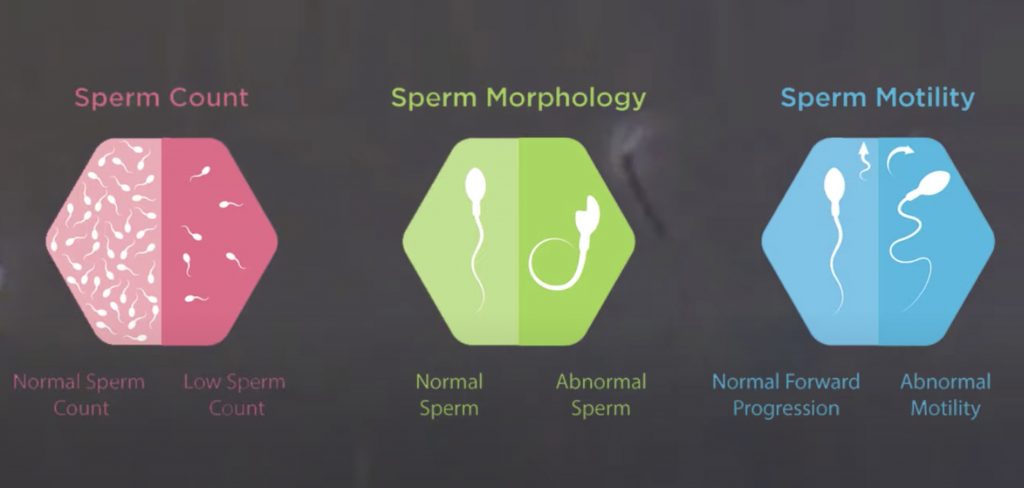Low sperm motility: Causes and treatment

What is sperm motility and why is it important?
Sperm motility is the ability of sperm to move efficiently. This is important for fertility because sperm need to move through the woman’s reproductive tract in order to reach and fertilize the egg.
If sperms do not have good motility, it will be difficult for sperms to reach the egg in the fallopian tube and therefore be unable to successfully achieve fertilization.
What is normal sperm motility?
On the world health organization 2020 guidelines for semen analysis, sperm motility is considered normal if 40 of the sperm showcase mortality being the ability of sperm to move.
Of those that are motile, 32% should have progressive motility, meaning that these sperm should be able to move forward in a straight path or manner rather than moving in place or in a circular motion. Below this range of percentage total motility or percentage progressive motility, it is referred to as low sperm motility or what is termed asthenospermia.
What causes low sperm motility or asthenospermia?
Low sperm motility can be caused by testicular trauma or injury, advanced age as there’s a significant decrease in motility after 45 years of age.
It can be caused by:
- genetics;
- lifestyle factors such as nutrition;
- sacred smoking;
- excessive consumption of alcohol;
- drugs such as marijuana,
- men with varicocele;
- the condition of large veins in this quarter.
Other causes can be stress, environmental exposure to toxic agents, as well as underlying health conditions which can also influence sperm motility.
What are the treatment options for low sperm motility if a couple is having trouble?
Conceiving due to low Sperm motility. Depending upon the cause, certain medications can be given to improve sperm motility, such as Clomid or Clomiphene medication for the male or supplementation of various combinations of vitamins and minerals.
In some cases this can be effective, however, it’s still not very clear as to whether these methods significantly improve pregnancy rates. More successful treatment options include assisted reproductive technologies intrauterine insemination or IUI, in which the semen sample is prepared to isolate motile sperms which are then deposited in the uterus around the time of female ovulation to minimize the journey of the sperm in order to reach and fertilize the egg.
Normally, this is the first line of treatment and for men, with otherwise fairly normal semen parameters, but with modality in the 30 to 40 range IUI might be successful in achieving pregnancy. Several attempts of IUI have also been unsuccessful in vitro fertilization treatment may be recommended using conventional insemination if the total motile sperm count is usually 10 million or more, in which eggs and sperms are added together in a laboratory petri dish to achieve fertilization. However, very low sperm motility than in vitro fertilization utilizing an advanced technique called intracytoplasmic sperm injection is used where a single sperm is directly injected into an egg. In vitro fertilization with intracytoplasmic spam, injection is a highly successful treatment for male infertility. Fertilization can usually be obtained in seventy to ninety percent of eggs on average. This is regardless of the percentage of sperm motility for the count for Xc, as long as we can find at least one normal motile sperm in this specimen for each egg to be injected with Xc.